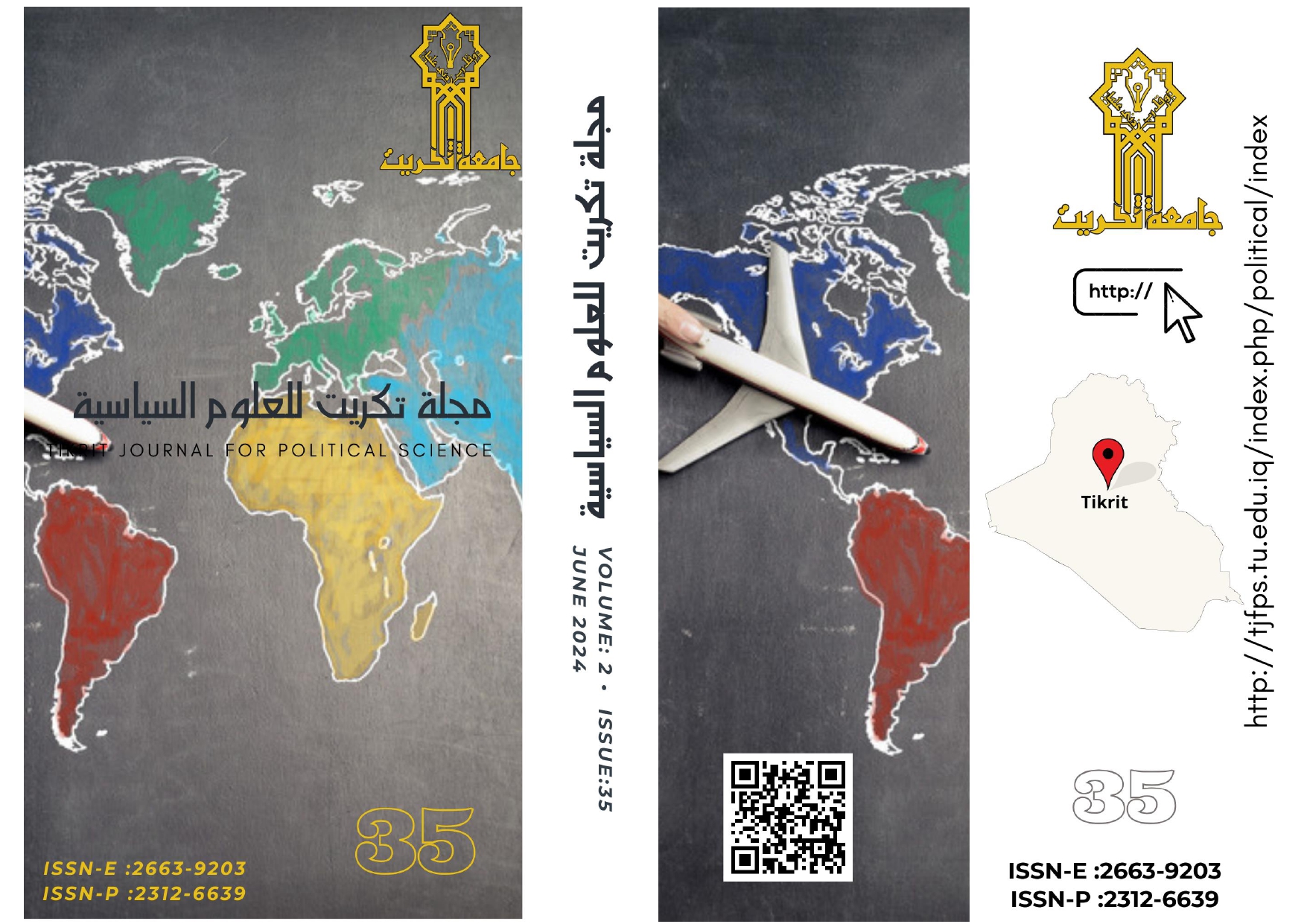Awareness of disparity and its impact on Iraqi society
DOI:
https://doi.org/10.25130/tjfps.v2i35.289Keywords:
Political awareness Awareness of disparity Social classes Public policy On Iraqi societyAbstract
The work and strive for change and build are: conscious human activity directed towards transforming a negative reality into a positive one, and of course, this results from: the development of science, and the experience of individuals to benefit from it through employment to achieve change, and accordingly, the forms of awareness are the ones that generate to the existence of political, legal, ethical, aesthetic and philosophical theories and opinions that are embodied in the form of institutions or behavior at all levels in society, and that awareness leads to: awareness of disparity, making use of the means of digital communication, and here awareness of disparity is reflected on the close relationship between all aspects of the economic, social, political, and religious community, ... and others, by its very nature, lead to: cohesion and integration between the components of the people that suffer from corruption, as a result of the control of the petty people on power, thus giving a national unity that has a political awareness that is represented by the participation of the masses in decision-making in a democratic manner as it possesses social awareness and political knowledge, and at the other level (The ruling authority) the political leadership must possess a belief and conviction in the importance of public participation in making and implementation of public policies, and the opportunity to support That participation by ensuring political freedom, and allowing the masses to express their hopes, aspirations and opinion on the issues and problems of their societies.





